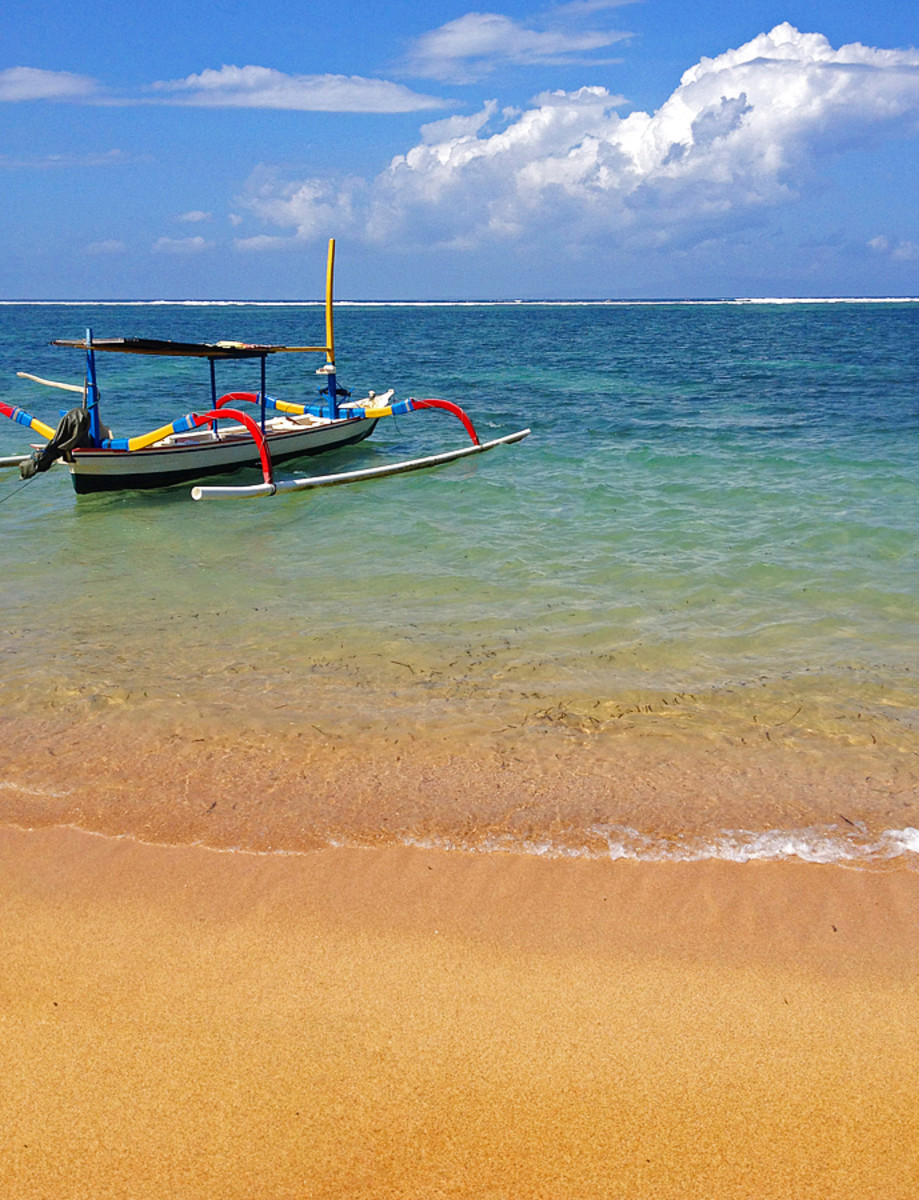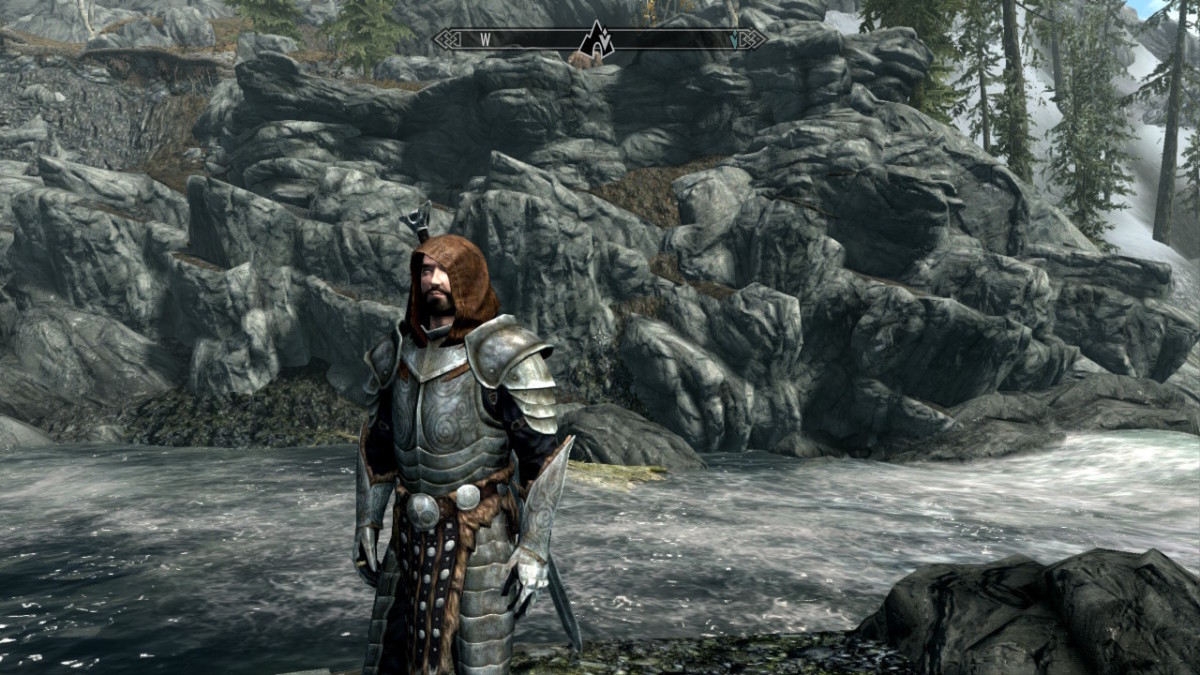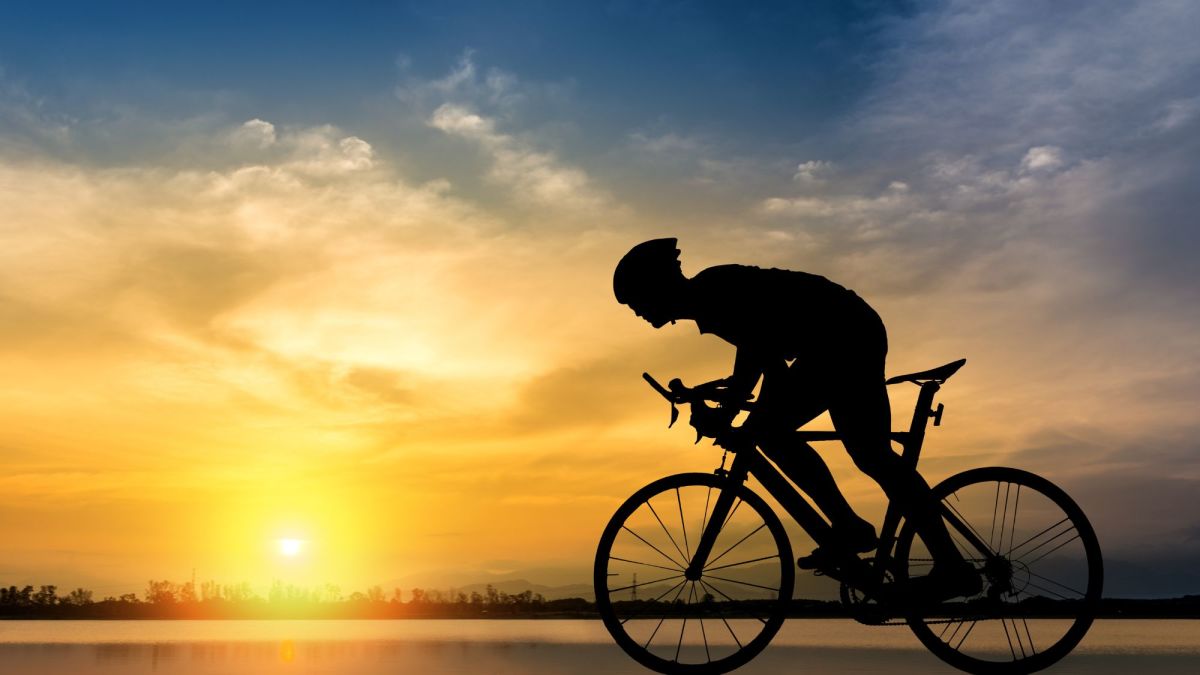Triathlon Transition Staging
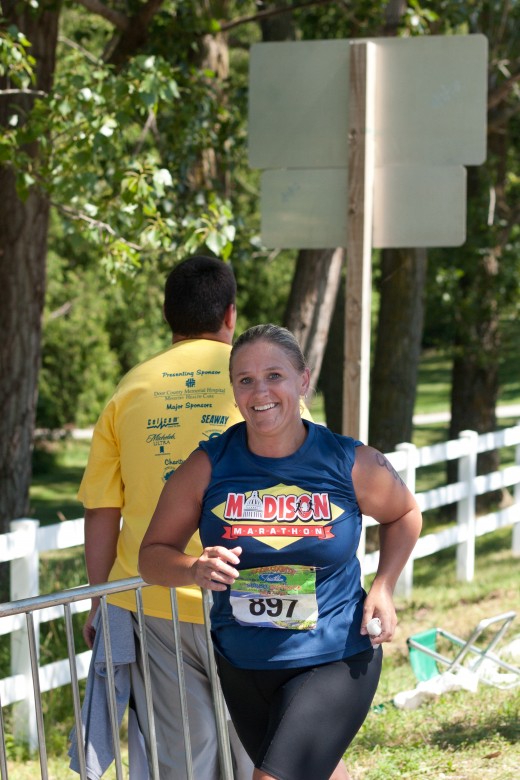
Preparing Your Transition Area
For first time triathletes, preparing the transition area can be more stressful than the race itself. By race day, you have been training for weeks or months. You have swam, cycled and ran yourself into peak physical condition, but you likely not had much opportunity to practice staging a transition area.
There are two types of transitions areas in a triathlon: the open racking transition and the assigned racking transition.
An open transition area is one in which the triathlete racks his or her bike and organizes his or her equipment on a first come first serve basis. Most athletes seem to prefer racking on the end of the row in order to more easily find their equipment and also have an easier time entering and exiting the transition area between race legs. To get the best rack spots you’ll have to get there plenty early. All races publicize the official time that the transition area opens (usually about 60 to 90 minutes prior to race time). Some athletes will tie helium balloons to the rack directly over their bike in order to help them find it readily when entering the area between legs of the race.
An assigned transition area is one in which the rack spots are numbered and each athlete is assigned their own transition area by race organizers. While this type of transition assures that everyone will get equal space, where you rack is somewhat the luck of the draw. The assigned transitions are typically quite well organized and athletes are often able to enter the transition area prior to a race (as early as the day before) and identify their area relative to the entry and exit points.
Whatever the transition area you will be using, you will be able to stage your equipment in the same manner. The following are tips for setting up a successful transition.
Be Sure to Have the Following Items in Your Transition Bag
Beach Towel
Goggles (bring an extra pair)
Swim Cap (you’ll be given one by race organizers in the color that identifies your race; i.e. different colors for sprint vs. Olympic distance races) I always bring one or two extras for warm ups the day before.
Wetsuit (be sure to check the race website to see if wetsuits are allowed or recommended and if so, at what temperature they are allowed. Often, if the water is above 73 degrees, the wetsuits are disallowed. Those that choose to wear wetsuits that have been disallowed may be denied and the opportunity for an official chip time).
Timing Chip (not many races mail them out in advance, but I have been to one that did. If that is the case, and you want to have your performance timed, you must bring the chip. Failure to turn in your chip at the end of the run will result in a minimum $30 charge).
Biking shorts (you can eliminate biking and running shorts if you wear a tri-suit)
Biking shirt (if you are planning to wear one)
Biking shoes and socks (if applicable)
Bike helmet (all races require a bike helmet or you will not be allowed to race)
Water bottles (filled)
Running shoes and socks (if applicable)
Sunglasses
Fuel belt (if using one)
Helium balloon (if you want to mark your transition spot)
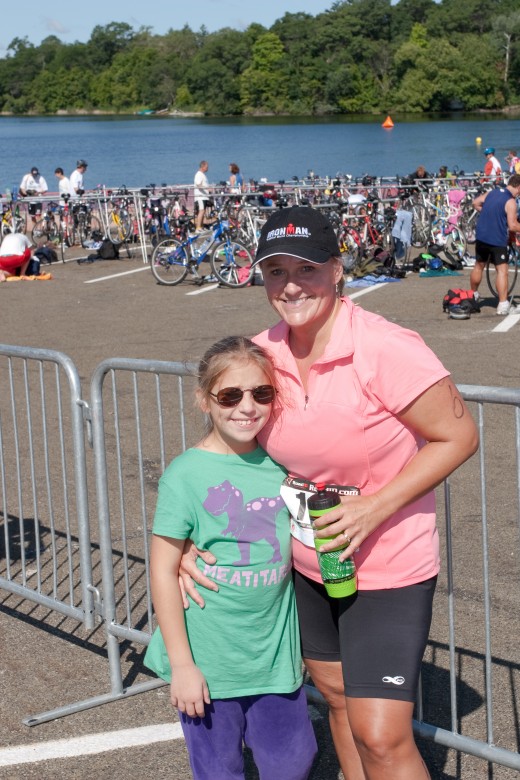
How to Set Up Your Transition Area
Hang your bike on the rack by the nose of the seat
Tie your helium balloon, if using one, to the rack directly above your bike
Spread your beach towel on the ground, as close to your bike as you can get it (space is limited, even when it’s assigned to you)
Organize your equipment in the order that you’ll need it, keeping all your biking and running equipment together, respectively. I typically organize my towel into two sections, keeping the biking equipment closest to where I’ll be approaching the rack following the swim.
Keep your equipment to a minimum. You don’t want to add too much time to your transition by overdressing. Wearing a triathlon suit avoids you having to pack and change into biking and running clothing (except for your shoes and socks).
If you do not wear a triathlon suit (you can get a nice one for $100 - $150), I would recommend keeping your running shorts under your biking shorts so that after biking, all you need to do it peel the biking shorts off.
- Bicycles: Triathlon or Road Bike, Which is Right for You?
Whether you are a road racer or triathlete, choosing the right bike is essential to your comfort and success in competition. Check out this informative hub for more information on choosing the bike that is right for you.
- Triathlons: Choosing Your Distance
Triathlons are becoming increasingly popular. There is one for almost everyone from the weekend warrior to the Ironman. How do you know which one is right for you? Give this article a read and find out.
Safeguarding Your Belongings
Triathlon organizers have rules that do not allow non-athletes in the transition area from about 15 to 30 minutes before the race until after the race cut off time. Never-the-less, there is the possibility that if you are not careful, your belongs may misplaced or stolen by other athletes. This has happened to me. To minimize the possibility of stolen items, I leave my triathlon bag unzipped but with the flap closed, at my transition spot. When I exit the water, I lift the flap and drop my cap and goggles into the bag and then close the flap, but do not zip it. After the bike race, I drop in my helmet, shorts and shoes and reclose the flap. After I complete the run, I pick up all my transition equipment and place it into my bag and zip it closed so that nothing is left but my bag and my bike. In my experience, if your belongings are secured inside of a bag, they seem to be safe until you are able to return for them.
Most people don’t care to carry their bags around after the race because they like to take advantage of the free food, drinks, massages, vendors and entertainment.
If you are in the vicinity of the transition area, be on the look out for non-athletes that may be going through belongings. Non-athletes are easy to find. Most races will body mark athletes. Athletes are the proud, sweaty, accomplished looking ones. Anyone that is not marked or dressed for racing and looking as if they’ve just completed a race, may raise your suspicions. You can always alert race organizers or volunteers if you have concerns.
If you care to use a bike lock to tether your bike and bag to the rack after your race, you should be allowed to do that, though I must admit, I’ve never seen anyone do that nor have I felt the need to do so myself.
The Key
The key to any race is just to relax and have fun. Best of luck to each athlete!!
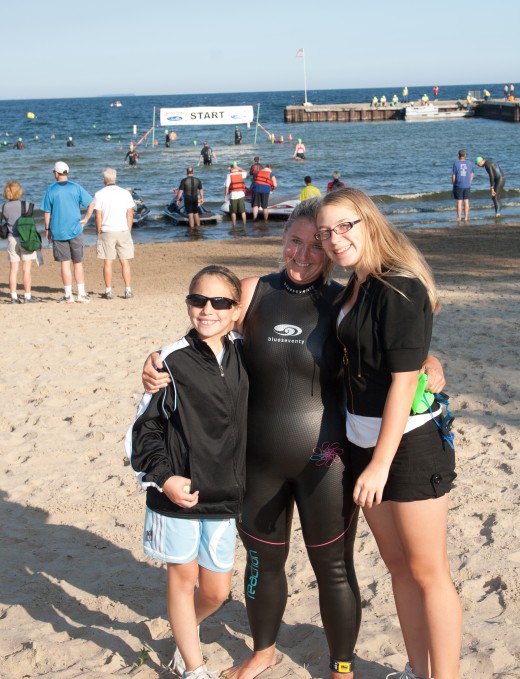
More Great Sports Hubs
- Bike Trails in Southern Wisconsin
Biking in Southern Wisconsin If you are an avid cyclist, biking the trails of southern Wisconsin is a must! Wisconsin is a very scenic state, filled with wildlife, colorful foliage and plant life, and a... - Marathon Training Plan
Training for Your First Full Marathon Training for a full marathon is no small commitment. It takes dedication, perseverance and an ability to work through fatigue, pain and mental exhaustion. You run in...
Rate this Hub
© 2010 Jaynie2000



